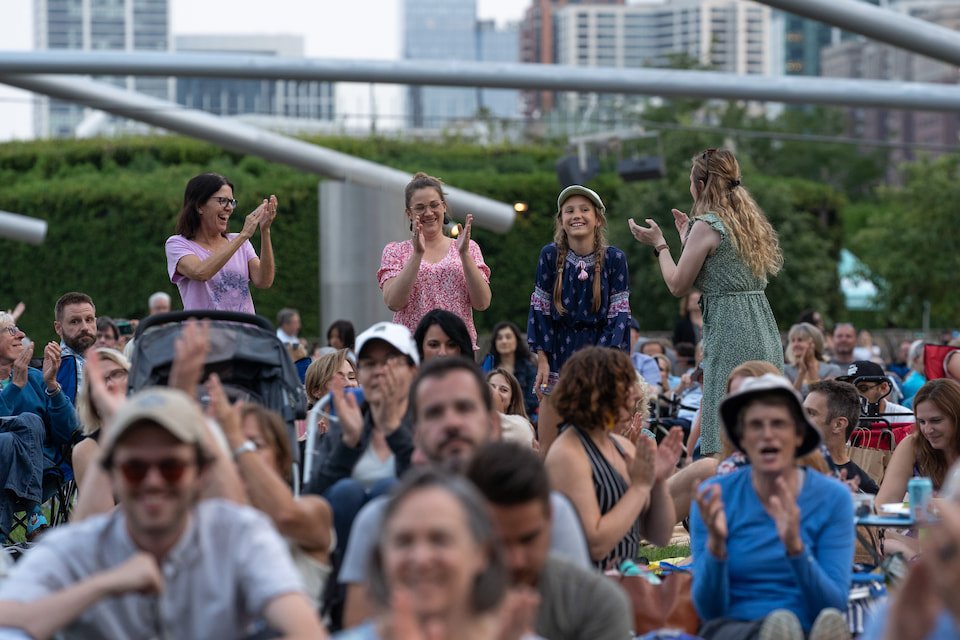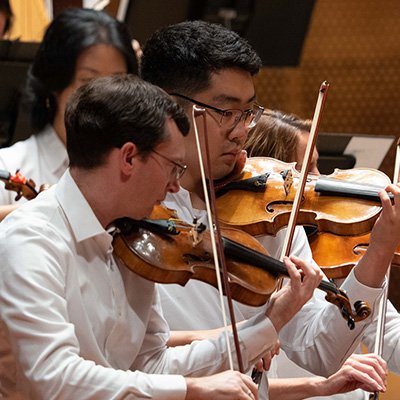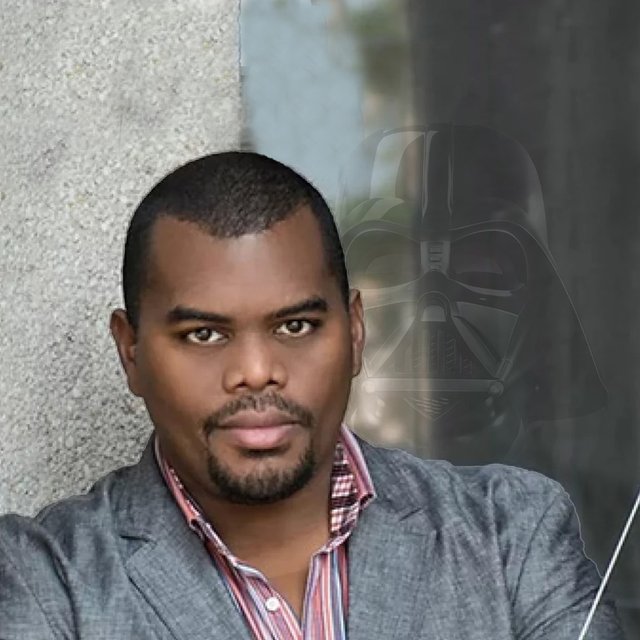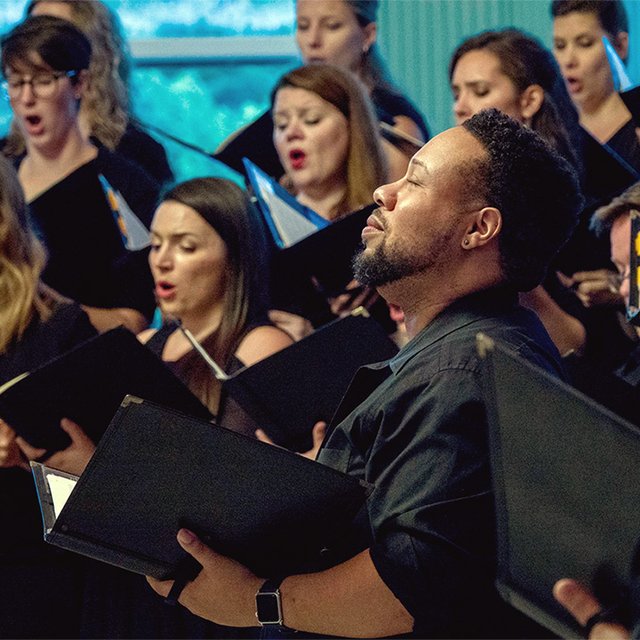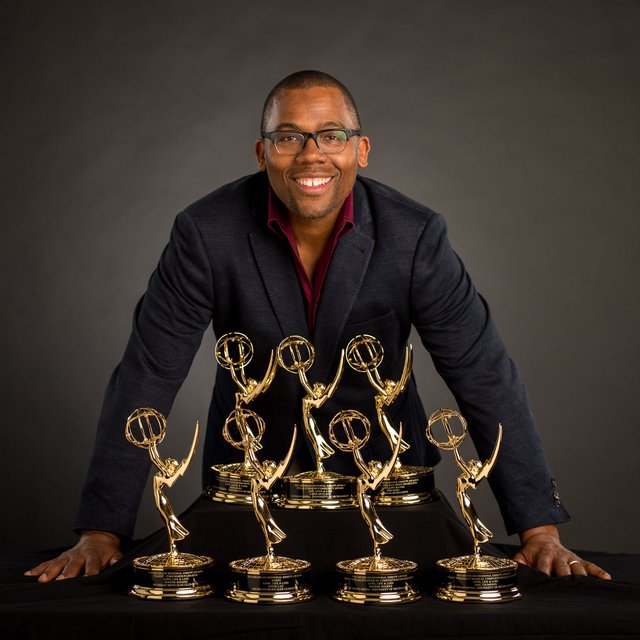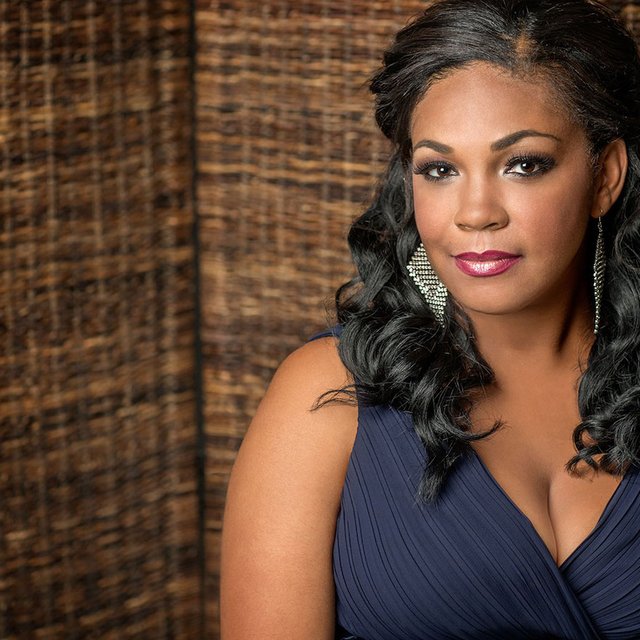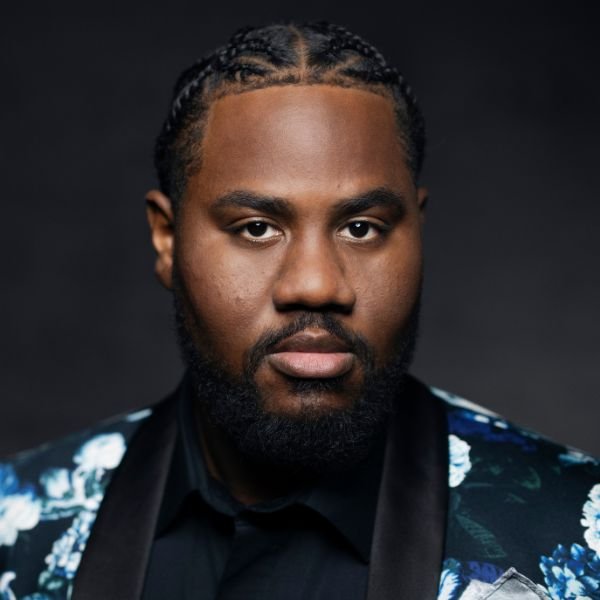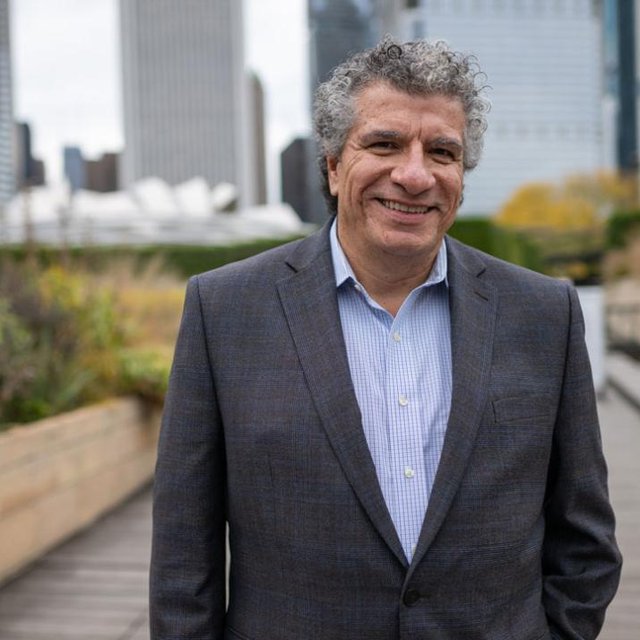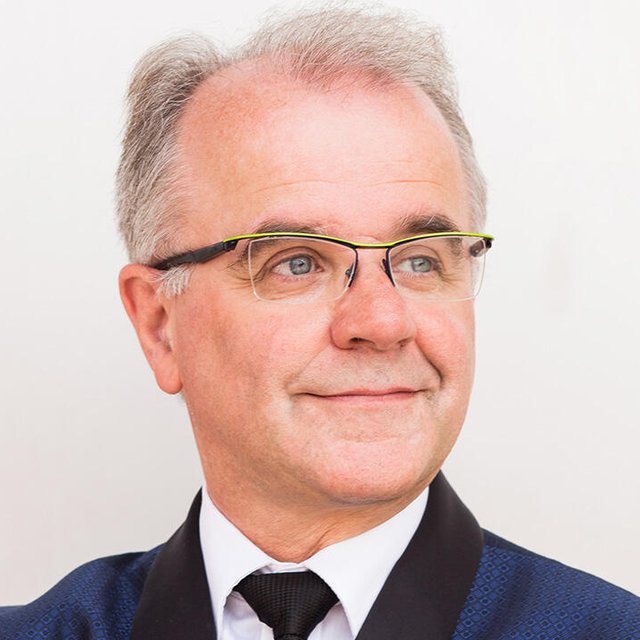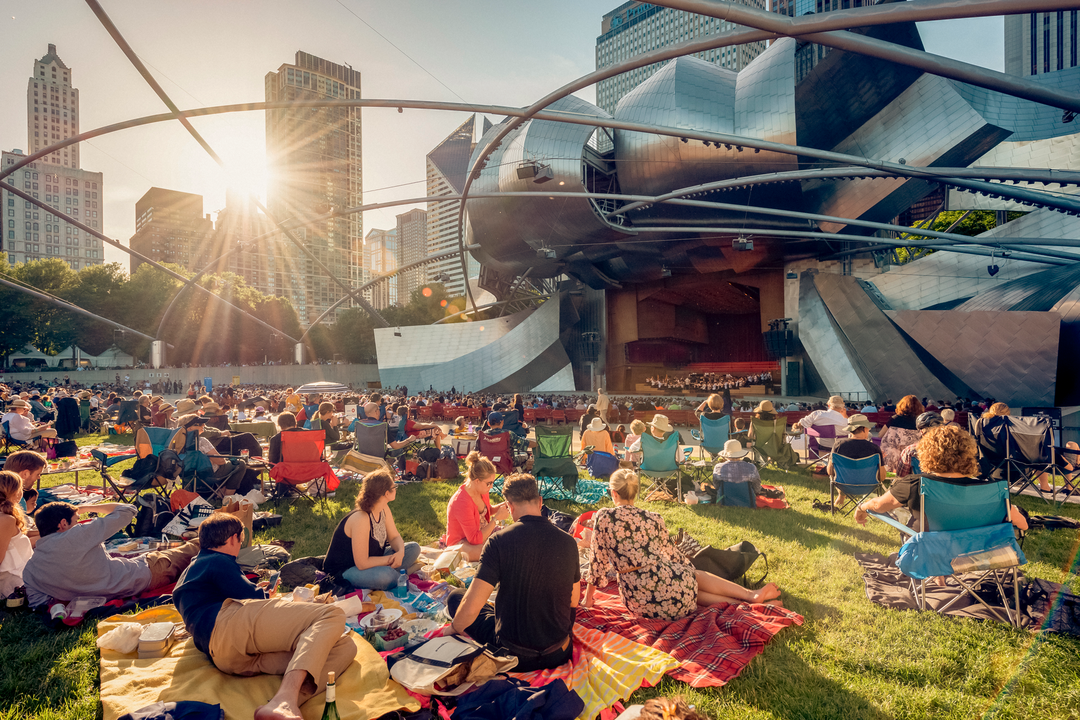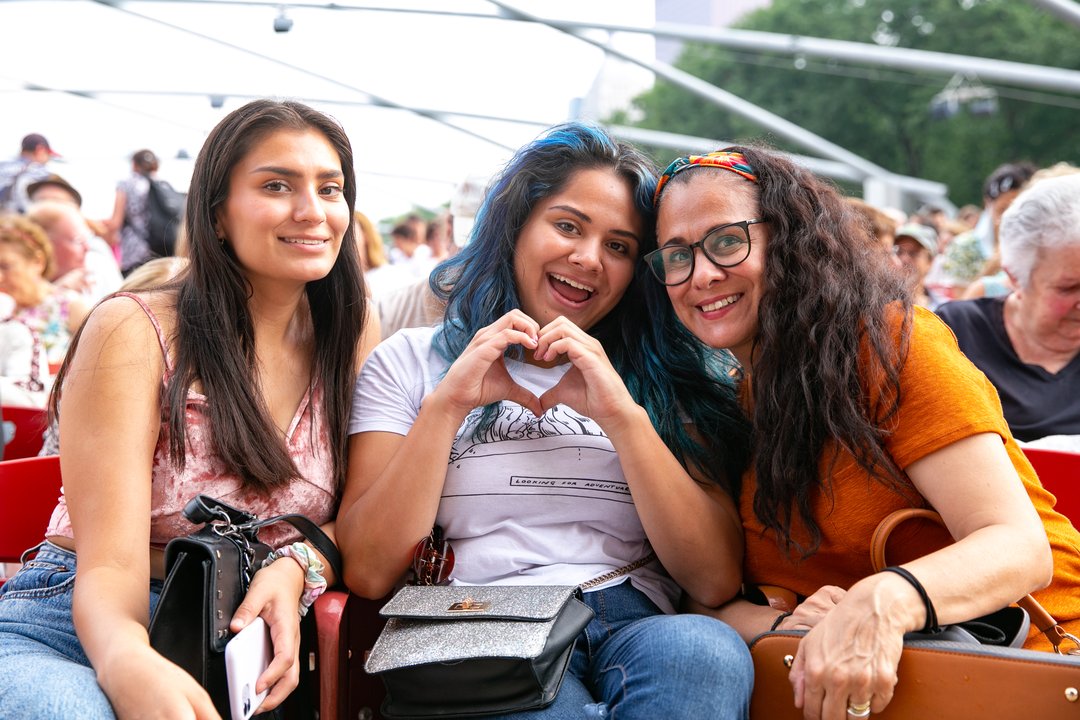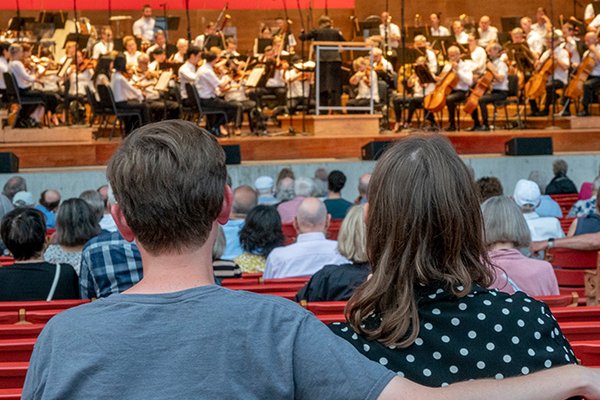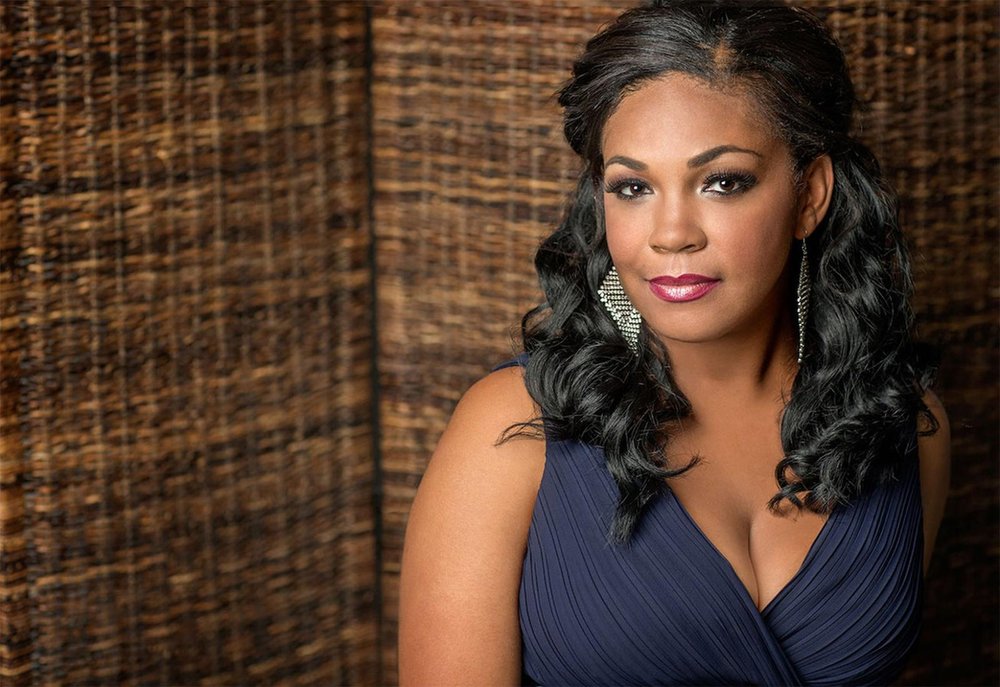
Brahms Symphony No. 2
Program
Anton Bruckner Psalm 150 (9 mins)
Margaret Bonds Credo (23 mins)
I Believe in God
Especially Do I Believe in the Negro Race
I Believe in Pride of Race
I Believe in the Devil and His Angels
I Believe in the Prince of Peace
I Believe in Liberty
I Believe in Patience
Intermission (20 mins)
Johannes Brahms Symphony No. 2 (43 mins)
Allegro non troppo
Adagio non troppo
Allegretto grazioso (Quasi andantino)
Allegro con spirito
Featuring
Program Notes
Anton Bruckner (1824–1896)
Psalm 150, WAB 38 (1892)
Scored for: two flutes, two oboes, two clarinets, two bassoons, four French horns, three trumpets, three trombones, tuba, timpani, strings, chorus, and solo soprano
Performance time: 9 minutes
First Grant Park Orchestra performance: August 4, 1984; Thomas Peck, conductor and Sarah Beatty, soprano
Although Anton Bruckner is most often remembered for his monumental symphonies, sacred music dominated much of the composer’s early career. A devout Catholic, Brucker grew up singing at St. Florian’s monastery near Linz, Austria, and later became organist there. After leaving his post and moving to Vienna in the 1860s, Bruckner turned his focus to the symphonic form, largely withdrawing from writing sacred works. His Te Deum(1884) and Psalm 150 (1892) are two notable exceptions. Bruckner was commissioned to write a sacred piece for orchestra and chorus to open a music festival in May 1892. Although he did not complete Psalm 150 in time for the festival, the work premiered in November at the Musikverein in Vienna.
Fittingly, Bruckner turned to the last psalm in the Book of Psalms for his final sacred work. The text entreats every living thing to praise God with music and dance, listing all manner of instruments, from trumpets and harps to organs and cymbals. Bruckner’s Psalm 150 is similar to his Te Deum in its exultant tone and key of C major. The piece opens with a resounding exclamation of “Hallelujah!” in full orchestra and chorus, which recurs before an intricate fugue of intense chromaticism and harrowing octave leaps. The fugue subject recalls that of the finale of his Fifth Symphony, revealing Bruckner’s symphonic thinking even in this relatively short work.
Margaret Allison Bonds (1913–1972)
Credo (1967)
Scored for: two flutes including piccolo, two oboes, three bassoons including contrabassoon, two French horns, two trumpets, three trombones, tuba, timpani, percussion, harp, strings, chorus, solo soprano, and solo baritone
Performance time: 23 minutes
First Grant Park Orchestra performance
Margaret Bonds grew up in a relatively affluent Black family on the south side of Chicago. Her mother, a church musician, opened their home to young Black artists, writers, and musicians, including composer Florence Price, who would become Margaret’s teacher. Growing up in this environment, Bonds demonstrated musical talent from a young age, composing her first piece at age five. She went on to study at Northwestern University, where she earned her bachelor’s and master’s degrees. Unfortunately, Bonds faced intense racial prejudice there, as she was barred from using the university’s library, dining hall, and other facilities. She found solace in the work of Harlem Renaissance poet Langston Hughes during this time. She and Hughes later struck up a deep creative partnership and friendship that lasted for over 30 years, spurring her to compose numerous works on themes of social justice.
Bonds wrote Credo at the height of the civil rights movement in the mid-1960s, though the work remained unpublished until 2020. The piano–vocal version premiered in 1967 with Bonds at the piano. The orchestral version, produced shortly after, is dedicated in part to Hughes, who passed away in 1967. Credo sets W. E. B. Du Bois’s influential prose poem of the same name. Just eight years before Du Bois wrote Credo, the US Supreme Court had declared that racial segregation did not violate the US Constitution in Plessy v. Ferguson (1896). This ruling strengthened Jim Crow laws and intensified violence and oppression against Black Americans. In his nine-paragraph manifesto, Du Bois declares that racial equality and justice are ordained by God rather than granted by man. He also condemns war and imperialism, affirms the inherent dignity and worth of Black people, and promotes the pursuit of knowledge for the betterment of society.
Bonds’s cantata—with its powerful melodies, rich harmonic palette, and blend of Western classical and African American musical traditions—captures the conviction and passion of Du Bois’s Credo while exploring its wide emotional range. The first movement, “I Believe in God,” begins with a powerful homophonic choral statement of “I believe in God, who made of one blood all nations that on earth do dwell.” This statement in stark parallel fifths sets the tone of the piece and recurs throughout the cantata. Next, “Especially Do I Believe in the Negro Race” features a lyrical soprano solo inflected with blue notes, which the choir echoes like a call and response. “I Believe in Pride of Race” highlights the tenors and basses in an authoritative march, while a menacing ostinato of percussive strings, timpani, and bassoon tremolo pervades “I Believe in the Devil.” In stark contrast, a subtle reference to the Christmas hymn “Hark! The Herald Angels Sing” begins “I Believe in the Prince of Peace,” followed by angelic singing by the upper voices of the choir. “I Believe in Liberty” features an expressive solo for baritone, while the undulating orchestra evokes the movement of a train. Finally, “I Believe in Patience” recalls themes and rhythmic ideas from the previous movements, including a final statement of the opening “I Believe in God” theme, the cyclical nature of the work signifying that the journey toward justice and equality is not a straight line—or far from over.
Johannes Brahms (1833–1897)
Symphony No. 2 in D major, op. 73 (1877)
Scored for: two flutes, two oboes, two clarinets, two bassoons, four French horns, two trumpets, three trombones, tuba, timpani, and strings
Performance time: 43 minutes
First Grant Park Orchestra performance: July 21, 1936; Richard Czerwonky, conductor
“I shall never write a symphony!” Johannes Brahms protested in 1870. “You can’t have any idea what it’s like always to hear such a giant marching behind you.” The giant in question was, of course, Ludwig van Beethoven. Like many other 19th-century composers, Brahms (1833–1897) was intimidated by inevitable comparisons with the mighty symphonist to the point of paralysis. After ripping off the proverbial Band-Aid with the completion of his First Symphony in 1876, a great weight was lifted from Brahms’s shoulders, allowing him to complete his Second Symphony in just a few months in 1877.
Whereas the First Symphony strives heroically from darkness to light, the Second is more relaxed, even pastoral. Naturally, this juxtaposition invited comparisons to Beethoven’s Fifth and “Pastoral” Symphonies, also composed in quick succession. However, the rumble of timpani and groan of trombones in Brahms’s Second Symphony indicate that all is not sunshine and rainbows. When an admirer of Brahms questioned this darkness, the composer confessed he was “a severely melancholic person” and that “black wings are constantly flapping above us.”
The cellos and basses open the first movement with a simple four-note motif, D-C#-D-A, over which the horns intone a soft pastoral melody. That unassuming bass motif ends up being the glue that holds the symphony together, as the first three notes are heard numerous times in various guises throughout the symphony. Brahms makes sure to repeat the figure a few times at the beginning to get it in the listener’s ear. The second full theme then recalls Brahms’s famous “Lullaby,” introduced by the cellos and violas and later decorated by the flute, while the more agitated development section reveals a darkness lurking beneath the surface.
The Adagio explores the shadows hinted at in the first movement. Again, it begins with two concurrent themes: a rising line in the bassoons, which moves in contrary motion against a rich cello melody. The horn develops a fragment of the cello melody in a short fugue before the winds introduce a grazioso theme over pizzicato cello. The syncopation of this theme lends the Adagio a sense of forward movement while remaining in the same slow tempo. The three-note motif from the first movement can be heard in the trombones and bassoons, echoed by the tuba and basses. Throughout the movement, Brahms continually builds the tension with greater syncopation, smaller subdivisions of the beat, and an increased rate of harmonic change, before releasing the tension, only to build it up again.
The lighter texture of the Allegretto offers some reprieve thanks to the omission of the trumpets, trombones, tuba, and timpani. The charming serenade in the oboe over pizzicato cello contrasts with two trio sections that are variations on the scherzo theme in double time. The brusque drone of the low strings under the playfully accented staccato strings and winds creates a rustic feel. The finale begins in an excited sotto voce that bubbles with potential energy. The power of the orchestra soon bursts forth, with the trombones finally returning to the texture in the recapitulation, ending in a resplendent D major.
—Katherine Buzard
Event Sponsors
This program is graciously underwritten as part of the Dehmlow Choral Music Series. The performance of Credo by Margaret Bonds is generously supported by the Robert and Isabelle Bass Foundation, Inc.
The appearance of Sankara Harouna is graciously made possible with support from the David H. Whitney and Juliana Y. Chyu Next Generation Vocalist Fund.
Artistic Leadership
Support The Festival
Violin I
Jeremy Black, concertmaster
Vacant, assistant concertmaster
Trista Wong
Zulfiya Bashirova
Jennifer Cappelli
Injoo Choi
Dima Dimitrova
Erica Hudson
Hyewon Kim
Matthew Lehmann
Jayna Park
Rika Seko
Karen Sinclair
Bonnie Terry
Krzysztof Zimowski
Violin II
Liba Shacht, principal
Vacant, assistant principal
Ying Chai
Ran Cheng
Karl Davies
Likai He
Ann Lehmann
Laura Miller
Cristina Muresan
Kjersti Nostbakken
Irene Radetzky
Jeanine Wynton
Thomas Yang
Viola
Terri Van Valkinburgh, principal
Yoshihiko Nakano, assistant principal
Elizabeth Breslin
Beatrice Chen
Amy Hess
Rebecca Swan
Chloé Thominet
Cello
Walter Haman, principal
Peter Szczepanek, assistant principal
Calum Cook
Larry Glazier
Steven Houser
Eric Kutz
Eran Meir
Double Bass
Colin Corner, principal
Peter Hatch, assistant principal
Andrew Anderson
Christian Luevano
Samuel Rocklin
Chunyang Wang
Chris White
Flute
Vacant, principal
Alyce Johnson
Jennifer Lawson, assistant principal
Piccolo
Jennifer Lawson
Oboe
Mitchell Kuhn, principal
Vacant
Anne Bach, assistant principal
English Horn
Anne Bach
Clarinet
Dario Brignoli, principal
Trevor O’Riordan, assistant principal
Besnik Abrashi
Bass Clarinet
Besnik Abrashi
Bassoon
Eric Hall, principal
Nicole Haywood Vera Tenorio, assistant principal
Vacant
Contrabassoon
Vacant
Horn
Vacant, principal
Stephanie Blaha, assistant principal
Neil Kimel
Brett Hodge
Paul Clifton
Trumpet
David Gordon, principal
Mike Brozick
Vacant, assistant principal
Vacant
Trombone
Daniel Cloutier, principal
Jeremy Moeller, assistant principal
Bass Trombone
Alexander Mullins
Tuba
Andrew Smith, principal
Timpani
Daniel Karas, principal
Josh Jones, assistant principal
Percussion
Josh Jones, principal
Vacant, assistant principal
Doug Waddell
Harp
Kayo Ishimaru-Fleisher, principal
Keyboards
Christopher Guzman
Orchestra Librarian
Eliza Bangert, principal
Grant Park Chorus
* denotes leave-of-absence † 2025 Vocal Fellow
Laura Lynch Anderson
Kristina Bachrach
Madalynn Baez
Megan E. Bell
Alyssa Bennett
Tamara Bodnar
Kylie Buckham
Anna Joy Buegel
Laura Bumgardner
Katherine Buzard
Bethany Clearfield
Nathalie Colas
Carolyne DalMonte
Megan Fletcher
Kaitlin Foley
Saira Frank
Julia Frodyma
Katherine Gray-Noon
Kimberly Gunderson
Alexandra Ioan
Alexandra Kassouf
Darlene Kelsey
Olivia Knutsen
Marybeth Kurnat
Katelyn Lee
Kyuyim Lee+
Rosalind Lee
Veronica Mak
Hannah Dixon McConnell
Marie McManama
Kathleen Monson
Susan Nelson
Evangeline Ng
Máire O'Brien
Alexandra Olsavsky
Laura Perkett
Angela Presutti Korbitz
Alexia Rivera
Veronica Samiec
Emily Sinclair
Molly Snodgrass
Tiana Sorenson
Christine Steyer
Sarah van der Ploeg*
Lydia Walsh-Rock
Sherry Watkins
Emily Amesquita
Melissa Arning
Christina Bernardoni
Angela Born
Bethany Brewer
Julie DeBoer
Leah Dexter
Katrina Dubbs
Stacy Eckert
Margaret Fox
Catarine Hancock
Ruth Ginelle Heald
Sophia Heinz
Miya Higashiyama
Carla Janzen
Amy Allyssa Johnson
Kathryn Kinjo Duncan
Amanda Koopman
Anna Laurenzo
Jeannette Lee
Thereza Lituma
Chelsea Lyons
Victoria Marshall
Jessica McCarthy
Quinn Middleman
Ella Peters
Sarah Ponder
Emily Price
Stephanie Schoenhofer
Suzanne A. Shields
Marissa Simmons
Cassidy Smith
Aidan Spencer
Alannah Spencer
Margaret Stoltz
Carolyn Sundlof Boudreau
Gabrielle Timofeeva López
Elizabeth Vaughan
Corinne Wallace-Crane
A.J. Wester
Debra Wilder
Isabel Yang+
Charles Anderson
Enrico Giuseppe Bellomo
Justin Berkowitz
Madison Bolt
Hoss Brock
Steven Caldicott Wilson
Opal Clyburn-Miller+
John J. Concepción
Micah Dingler
Jared V. Esguerra
Alec Fore
Ace Gangoso
Klaus Georg
Tejas Gururaja
Paul Hunter
Garrett Johannsen
William Johnson
James Judd
Tim Lambert
Tyler Lee
Stephen D. Noon
Marcos Ochoa
Brett Potts
Nicholas Pulikowski
Peder Reiff
Samuel Rosner
Matthew W. Schlesinger
Joe Shadday
Aaron Short
Brian Skoog
Michael St. Peter
Ryan Townsend Strand
Alan Taylor*
Sean J. Watland
Nate Widelitz
Walter Aldrich
Evan Bravos
Matthew Brennan
Michael Cavalieri
Ryan J. Cox
Ed Frazier Davis
Lifan Deng
Matthew Dexter+
Chris DiMarco
Christopher Filipowicz
Dimitri German
Dominic German
David Govertsen
Spencer Greene
Brian Hupp
Jan Jarvis
Jess Koehn
Eric Miranda
Ian Morris
Ian Murrell
John E. Orduña
Wilbur Pauley
Douglas Peters
Jackson Pierzina
Martin Lowen Poock
Ian Prichard
Dan Richardson
Stephen Richardson
Benjamin D. Rivera
Scott Uddenberg
Schyler Vargas
Vince Wallace
Aaron Wardell
Ronald Watkins
Jonathon Weller
Peter Wesoloski
Jonathan Wilson
Chuck Foster
John Goodwin
Kyuyim Lee
Isabel Yang
Opal Clyburn-Miller
Matthew Dexter
